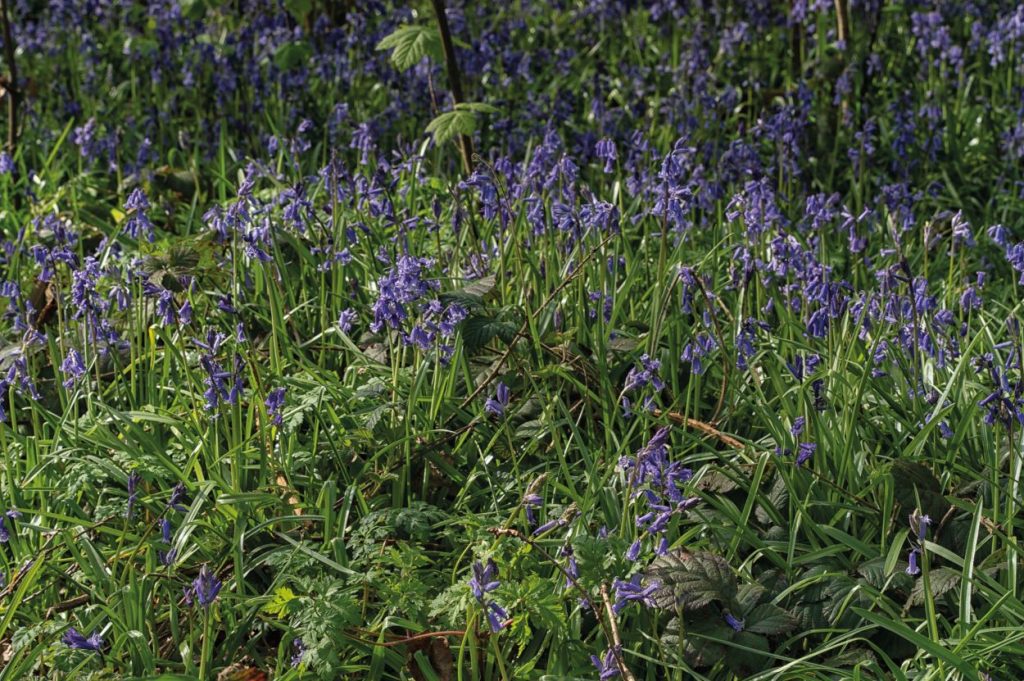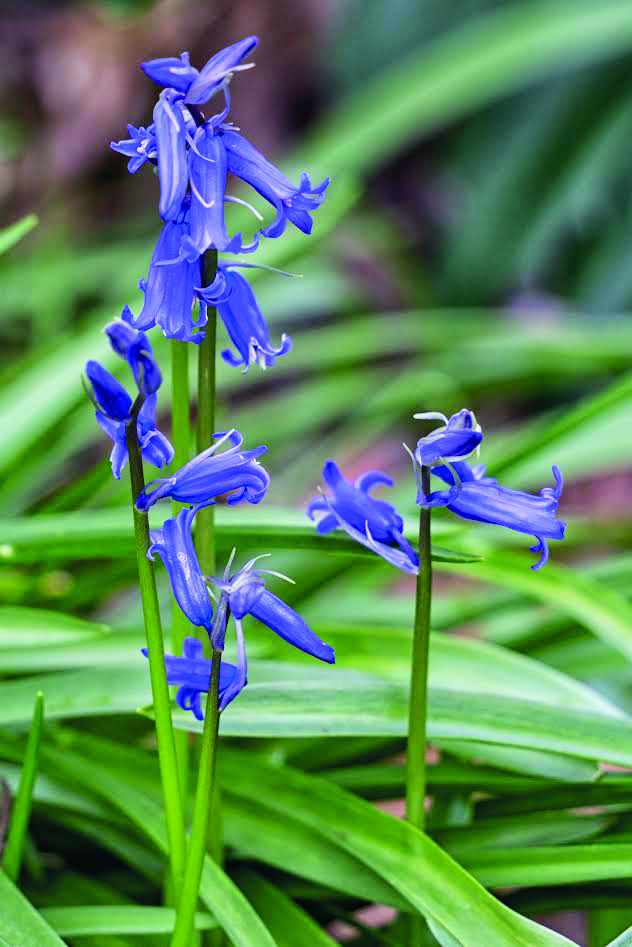It’s the most ‘bluetiful’ time of the year
Posted 3rd April 2024
The springtime vision of woodland floors transformed by a sea of bluebells is truly stunning.
The chink of early year sun dancing through the treetops and onto their delicate petals reminds us that better (and warmer!) days are ahead.
A leisurely stroll through the woods at any time of the year is good for the soul, but particularly when the bluebells are awake to welcome us – and they usually provide a display from late March to early May.
But how much do you really know about these charming little flowers?
You probably don’t realise just how fortunate we are in the UK – almost half the world’s bluebells are found here, and these dainty delights take their time to establish themselves; from seed to flower takes a colony between five and seven years.
If you take a trip out to see them in the next few weeks, enjoy them, but resist the urge to trample through them for a quick photo opportunity; when a bluebell’s leaves are crushed, they die back from the lack of food as they can no longer photosynthesise. Recovery can take years.
There are other problems too; The National Trust explains that our native Hyacinthoides non-scripta bluebells are under threat from the non-native Spanish bluebell which has been a resident in Britain since its introduction in the late 17th century.
“In the last 30 years the Spanish bluebell has escaped from gardens and has begun to mix with the native species,” it said, “If you plant bluebells in your garden, make sure you’re planting the English bluebell, not the Spanish species.”

Telling the two species apart is relatively simple; “Native bluebells are usually a deep blue-violet shade, while Spanish ones tend to be paler. Confusingly, both varieties can also come in white and pink.”
Hybridization happens easily which can make telling them apart more of an issue!
Natives also have a sweet scent, while the Spanish variety have little or no fragrance, and the leaves of the Spanish type are much larger.
Because of the length of time it takes them to reach flowering size, buying bulbs, as opposed to seeds, is best.
All parts of the plant are poisonous to us, our pooches, and horses and cattle, and with the bulbs appearing similar to spring onions or garlic, you really don’t want to confuse your supermarket and garden centre purchases!
The woodland plants thrive in partial shade with moist, well-drained soil. Adding leaf mould or garden compost will provide them with lots of nutrients, and be aware that planting in clumps beneath deciduous trees or shrubs will create the best environment for them.
And don’t even think of taking a few plants from your local woods. Bluebells are protected under the Wildlife and Countryside Act of 1981, and it is against the law to pick, uproot or destroy them.
Leave them to flourish and cheer visitors to our open spaces with their prettiness.
In Milton Keynes, bluebells can be enjoyed at any of the three ancient woodlands, which are cared for by The Parks Trust; enjoy a springtime walk at Howe Park Wood, Shenley Wood and Linford Wood, and take in the bluebells, and all of the delights of these living historic spaces.
For more information: nationaltrust.org.uk
